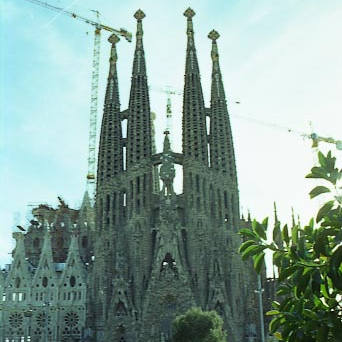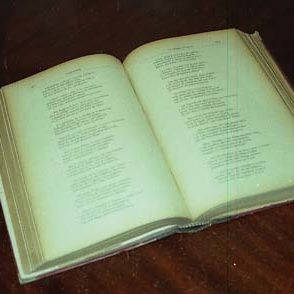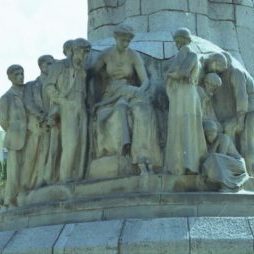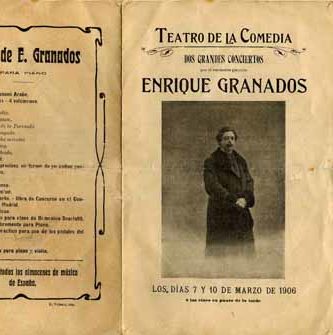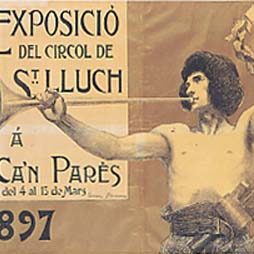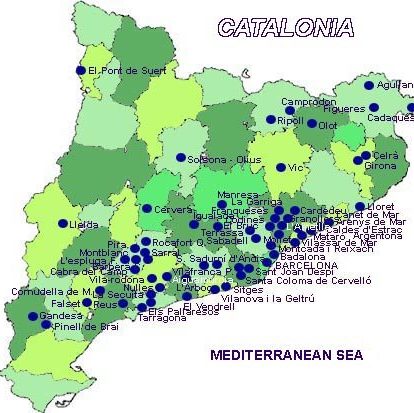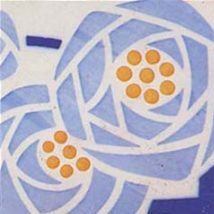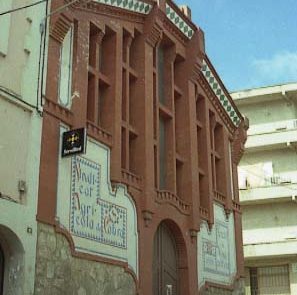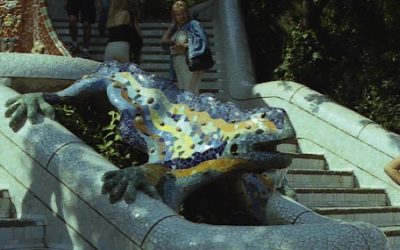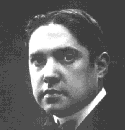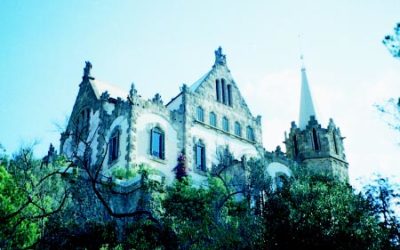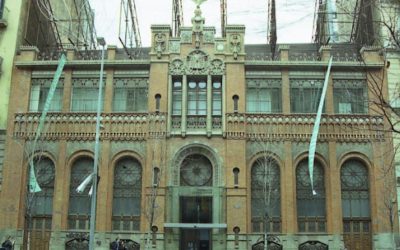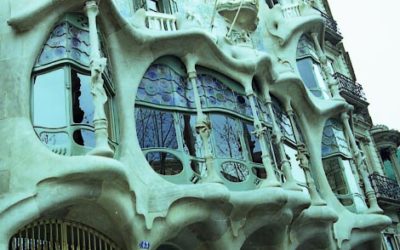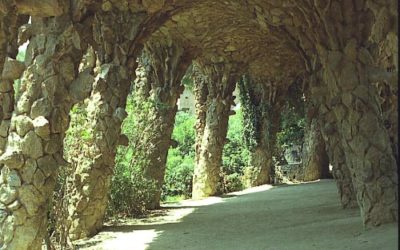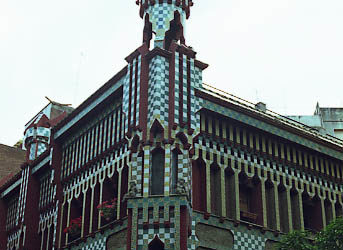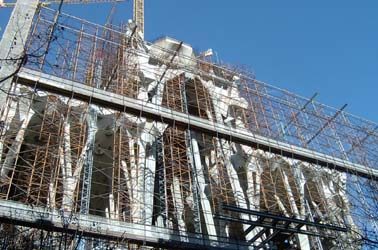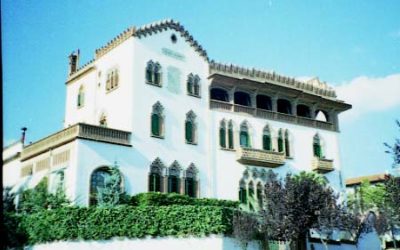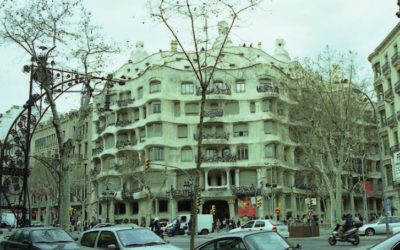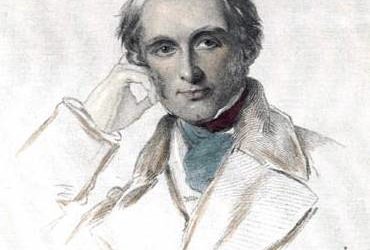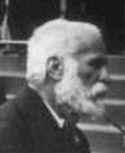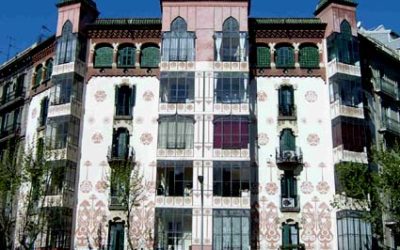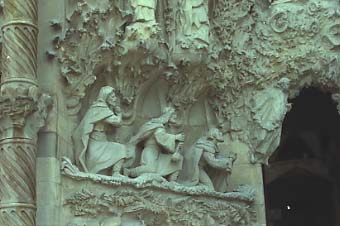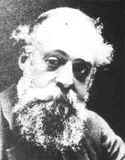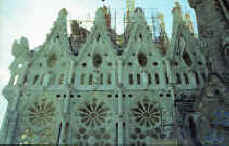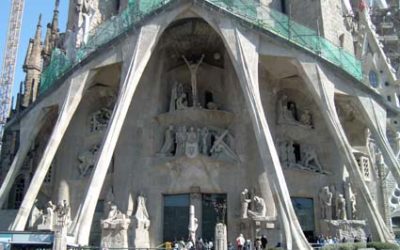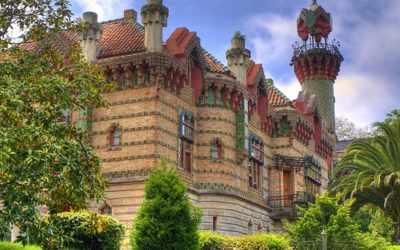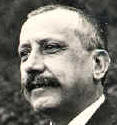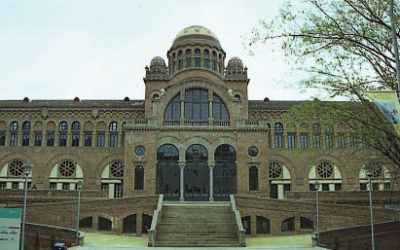Welcome to Gaudi All Gaudi!
Your Guide to Gaudi and his Collaborators in Catalonia
Get free chips with the no deposit bonus codes at No Deposit Promo Codes.
Most Recent Articles
Park Guell – Main Gateway
Manuel Jaoquim Raspall i Mallol (1877-1937)
Enric Sagnier i Villavecchia – Arnus House (El Pinar)
Domènech i Montaner – Editorial Montaner I Simon (Fundacio Tapies)
Gaudi Chronology (1852-1926)
Park Guell – Paths and Viaducts
Vicens house
Basic information Location: Carrer de les Carolines, 24 Barcelona Qualification: xxxxx (3 on 5) Present condition: Outside / Inside: Acceptable Transports: Buses: 22, 24, 31, 32 Visits: The building is the property of a private owner. Visits are consequently...
Sagrada Familia – The Glory Facade
Joan Rubió i Bellver: Roviralta House (El Frare Blanc)
La Pedrera – Mila House
Influences on Gaudi
Gaudí’s Political and Patriotic Sentiment
Antoni Maria Gallissà i Soqué (1861-1903)
Sagrada Familia – Nativity Facade
Gaudi’s Friends
Art Nouveau Architecture in Catalonia
History The first origins of Art Nouveau architecture in Catalonia are in the new Escola Provincial d'Arquitectura (Provincial Architecture school), created in Barcelona in 1871 and leaded by the architect Elies Rogent i Amat (1821-1897). Before the foundation...
Sagrada Familia – Chronology
El Capricho
Gaudi’s Collaborators
Gaudí Martinell Jujol Llimona Rubió Riquer Gaudí's Collaborators: To bring his extensive architectural commitments to fruition, Gaudí wisely chose and assembled an exceptional team of collaborators, consisting of architects, sculptors, and painters, but...
Colonia Guell Crypt
Domènech i Montaner – Hospital De Sant Pau (Saint Paul Hospital)
About Gaudi
Antoni Gaudí (1852–1926) was a renowned Spanish architect known for his unique and highly individualistic designs. His work was greatly influenced by forms of nature and is characterized by the use of curved lines, vibrant colors, and unique details and shapes.
Gaudí was part of the Catalan Modernista movement, which was somewhat related to Art Nouveau, but the architect’s distinct style set him apart from other artists of the era.
Gaudí was born in the Catalonia region of Spain. He studied at the Barcelona Higher School of Architecture, graduating in 1878.
Gaudí’s designs were inspired by the patterns and shapes he observed in nature. He is known for his use of hyperboloid structures, parabolic arches, and helicoidal columns. He used a technique called trencadís, where waste ceramic pieces are used to create decorative, mosaic-like facades.
His magnum opus, the Basilica of the Sagrada Familia in Barcelona, remained incomplete at the time of his death. Gaudí spent the last years of his life dedicated to this project. As of my knowledge cutoff in September 2021, it was still under construction and is expected to be completed by 2026, the centennial of Gaudí’s death.
Some of his other significant works include Parc Güell, Casa Batlló, and Casa Milà (also known as “La Pedrera”), all of which are located in Barcelona. These works are UNESCO World Heritage Sites, recognized for their exceptional cultural significance.
Gaudí died in 1926 after being hit by a tram. At the time of his death, he was not widely recognized outside of Spain, but his fame has grown posthumously. Today, his works attract millions of visitors every year.
Gaudí’s work continues to inspire architects and designers worldwide. His creative genius and innovative methods have left a lasting legacy in the world of architecture.
If you find any broken links or other issues, please contact us so we may fix them! Thank you for visiting Gaudi All Gaudi!
http://www.sagradafamilia.org/en/ – The Sagrada Familia official website
https://www.lapedrera.com/en/home – La Pedrera – Casa Milà – official website
https://www.parkguell.cat/en/ – Parc Guell official website
Visit The Denver Eye for pictures and information on the architecture found in Denver, Colorado.

